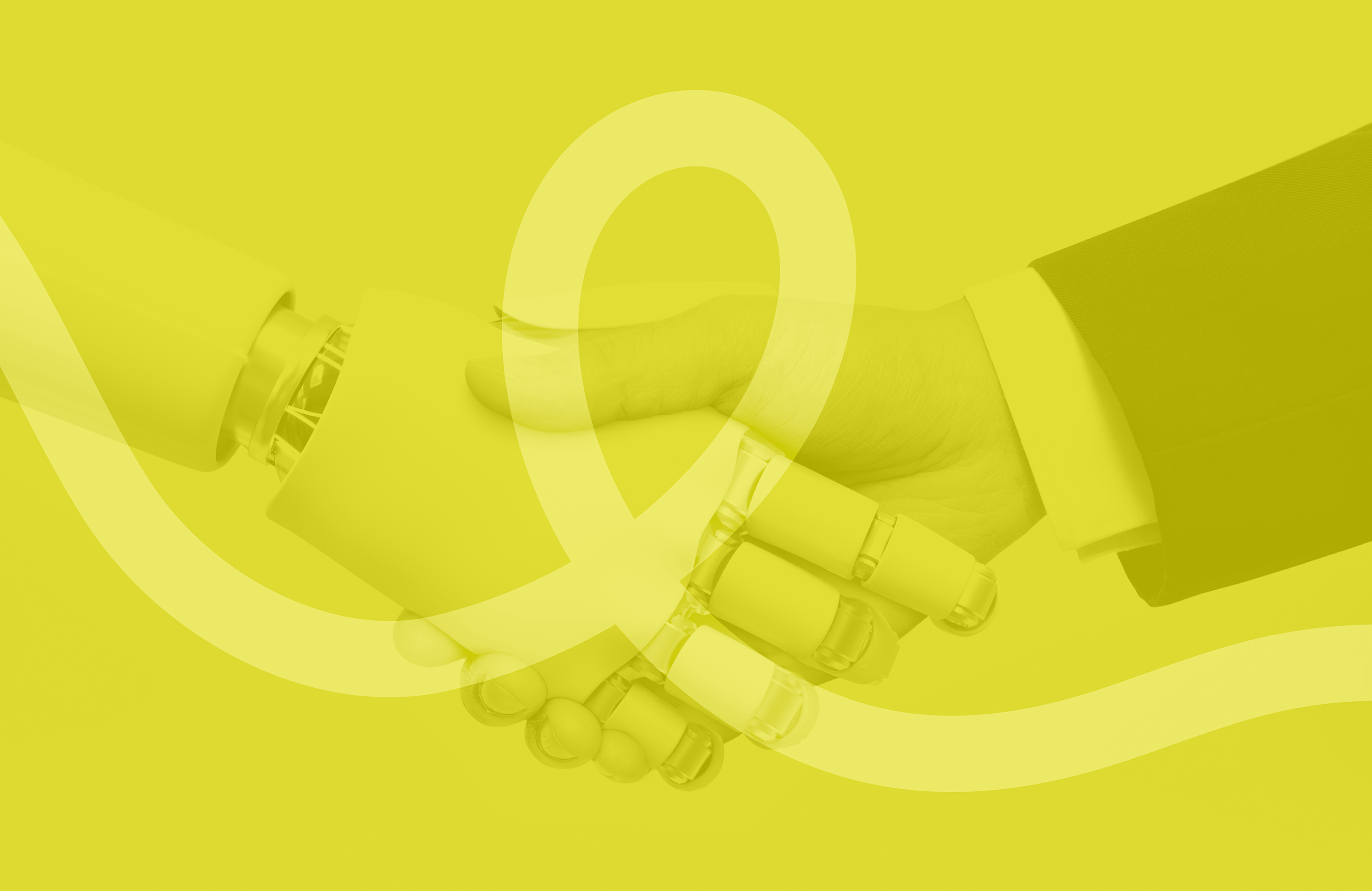At Engage, we often say culture isn’t what’s written on the walls, it’s how people behave when no one’s watching. That idea came through loud and clear during a recent panel on Creating a Culture That Works for Everyone.
The conversation was full of wisdom, but one theme stood out: if you want a culture that truly includes everyone, it has to be designed, not assumed.
Here are the big takeaways:
1. Culture is behaviour, not branding
You can have beautiful values and slick comms, but if day-to-day behaviours don’t reflect them, your culture won’t stick. The way leaders make decisions, how feedback is received, and how people feel in meetings all shape the lived experience of your culture.
Culture isn’t what you say. It’s what you do consistently.
2. Listening isn’t soft, it’s strategic
Building an inclusive culture starts with creating space for unheard voices.
And no, an annual survey won’t cut it. Real listening is ongoing, intentional, and safe. It also means acting on what you hear.
Because if people don’t feel heard, they’ll stop speaking and that’s when inclusion fails.
3. Flexibility is key to fairness
There’s no one-size-fits-all culture. If your organisation only celebrates one working style, one life path, or one way to be “engaged,” you’ll unintentionally leave people out.
Inclusive cultures honour different needs whether that’s flexibility, neurodiversity, cultural nuance, or career ambition.
4. Little moments shape big culture
Rituals matter. The way you welcome new joiners, the language you use in town halls, the symbols you celebrate, all of it tells people what really matters.
If inclusion isn’t showing up in those small, human moments, it won’t land in the big strategic ones either.
5. Leaders model. Everyone shapes.
Culture starts at the top, but it can’t stay there. Leaders must set the tone, but everyone needs to see themselves as part of the culture-building process.
Middle managers, especially, are culture carriers. Equip them well.
6. You need both ownership and accountability
Culture is “everyone’s responsibility,” yes. But someone has to own it strategically. Whether it’s HR, Internal Comms, or EX, they need sponsorship, clear goals, and permission to challenge the status quo.
Measurement matters too. If you’re not tracking cultural impact, you’re guessing.
The bottom line?
If you want a culture that works for everyone, it won’t happen by accident.
It takes courage, clarity, and commitment from the C-suite to the front line.
And when you get it right, the payoff is massive: better engagement, stronger performance, and a workplace people actually want to be part of.
Want help designing culture that connects? We’d love to chat: hello@engagegroup.me
#WorkplaceCulture #InternalComms#EmployeeExperience #Inclusion #Leadership #MiddleEastBusiness #EngageGroup
You may also like
At Voices 2025, Malcolm Gladwell challenged a common belief that trust is built on performance. Instead, he argued, it’s built through the power of storytelling, especially stories that start with “because.” In this blog, we unpack his biggest insights and explore what they mean for internal communicators today.
Whether you're ready or not, AI is changing the way we work, lead and communicate. But here’s the thing: AI doesn’t replace communication. It depends on it. That’s why internal communicators aren’t just part of the AI conversation … we should be leading it.
A strong EVP isn’t just about perks, it’s about creating a meaningful experience that attracts, engages, and retains the right talent. But many organisations fall into common pitfalls that weaken their impact.




